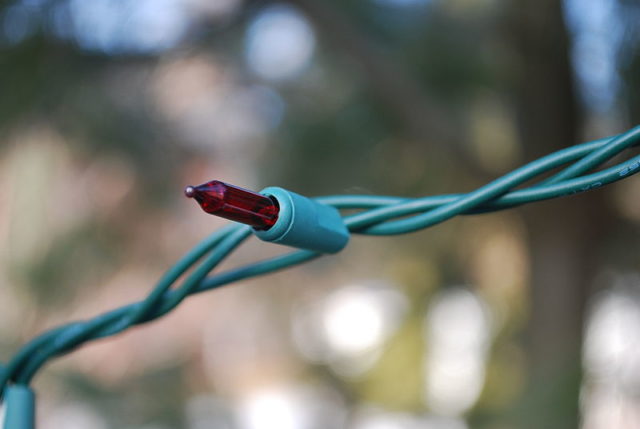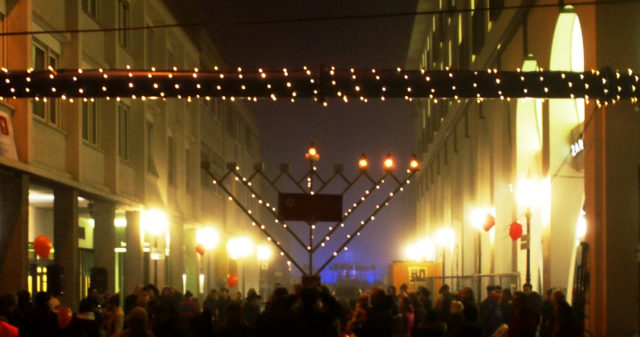With electricity and the creation of the incandescent lightbulb came the birth of Christmas lights. They were invented by accident when Thomas Edison strung up some lights in 1880 to light the way for government officials visiting his laboratory in Menlo Park at Christmas time.
The display of mellow and soft light was unusual enough to be talked about in the New York Times. It appears there was no intention to use the lights as Christmas decorations, but the memorable display fit in well with the spirit of the holidays.


A few years later in 1882 one of Edison’s employees, Edward H. Johnson, decided to illuminate a Christmas tree in New York City. As was common for officials of the Edison Company, he approached the newspaper for coverage of the event. The tree itself was at his house, and both the Detroit Post and the Tribune visited and marveled at the stunning tree.
He used 80 small red, white, and blue electric lights all strung carefully along a power cord. This was amazingly only three years after Edison had proven light bulbs were practical. The lighting on Christmas trees up to this point had been traditional wax candles, which always carried the risk of setting the tree aflame. Johnson’s tree wasn’t just adorned with the new light bulbs but also sitting on a turntable that spun the tree six times a minute.

Up to about 1890, electric Christmas lights only found favor in wealthy homes. From this point, they went into mass production but still weren’t popular in the working man’s home until the early 20th century. Electricity, on the whole, was not trusted and so something as frivolous as Christmas lights was low on people’s wish lists. They were most commonly used in large department store windows. The price for installing lights was also expensive, as you can imagine; the job of an electrician was relatively new, and only a few were qualified.
Albert Sadacca is credited with improving the popularity of Christmas lights via his ornamental novelty store. He timed things right, as the public was just becoming interested in such things, and the sales of the light bulbs took off. Later, Sadacca and his brother started a company which focused solely on Christmas lights.
With few competitors, he formed a trade association, and they dominated the industry all the way through to the 1960s. General Electric joined the party and started to make Christmas lights that didn’t need an electrician to install them.

In 1903, General Electric developed Christmas lights in eight lamp strings; it cost $12 at the time to purchase this festoon of lights. In some cities, department stores rented the strings out for $1.50. By the 1930s, Christmas lights had become a key fixture of the holiday season.
So it is thanks to all those people, especially Mr. Edison himself, that we can now string our trees and houses with these dazzling lights at Christmas time.
